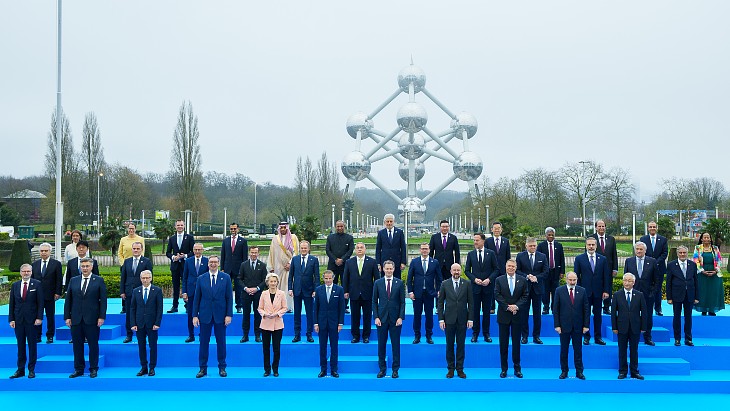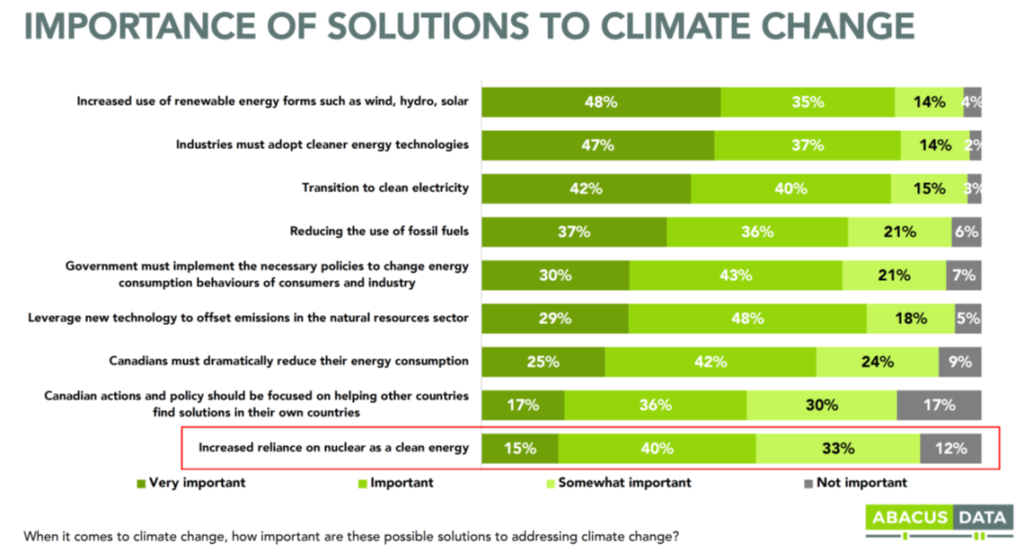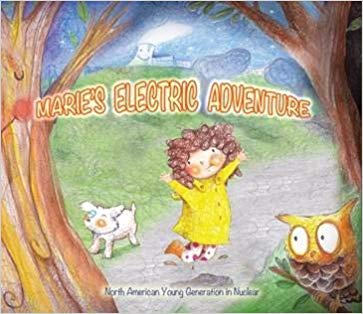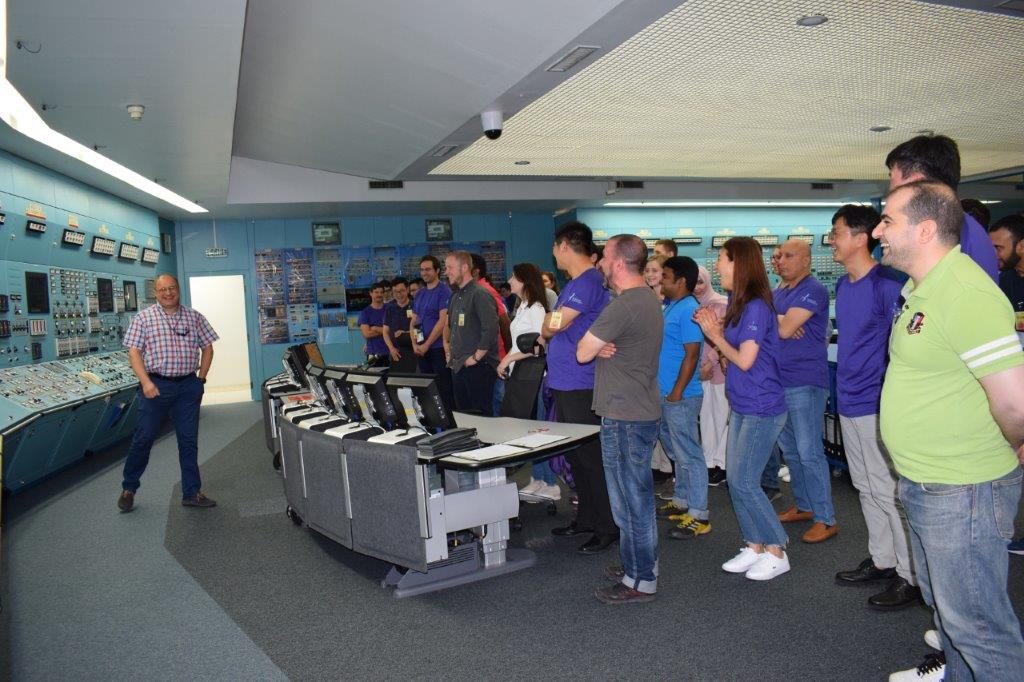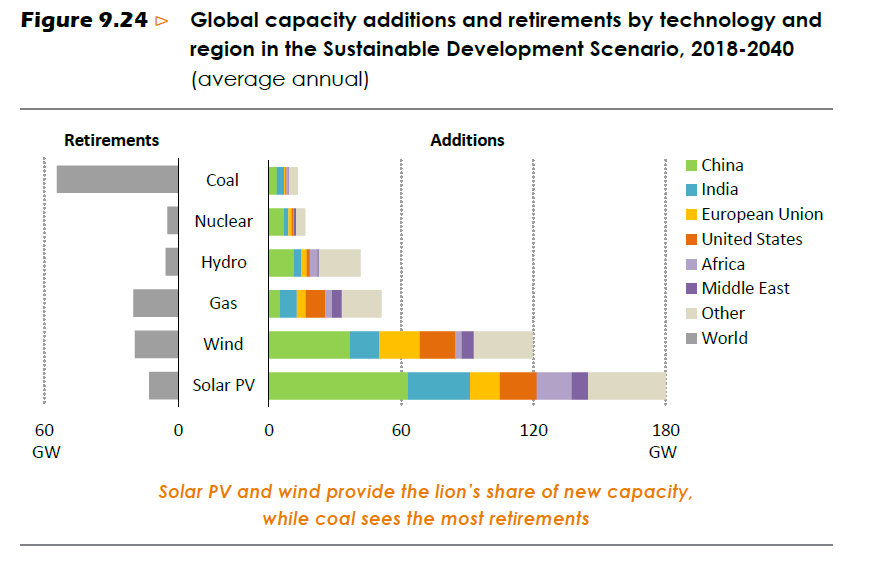The world is burning – or it’s about to – so says the Intergovernmental Panel on Climate Change (IPCC) in its special report considering the benefit to the planet if we manage to keep the increase in temperature to 1.5 C rather than the target most often discussed of 2 C.
This report concludes, most often with high confidence, that the impact to the world will be considerably greater with only 0.5 degrees of difference in temperature.
It projects that by 2100:
- Global sea level rise would be 10cm lower with global warming of 1.5 C compared with 2 C.
- Extreme heatwaves will be experienced by 14% of the world’s population at least once every five years at 1.5 C. But that figure rises to more than a third of the planet if temperatures rise 2 C
- Arctic sea ice would remain during most summers if warming is kept to 1.5 C. But at 2 C, ice free summers are 10 times more likely, leading to greater habitat losses for polar bears, whales, seals and sea birds.
- If warming is kept to 1.5 C, coral reefs will still decline by 70-90% but if temperatures rise to 2 C virtually all of the world’s reefs would be lost.
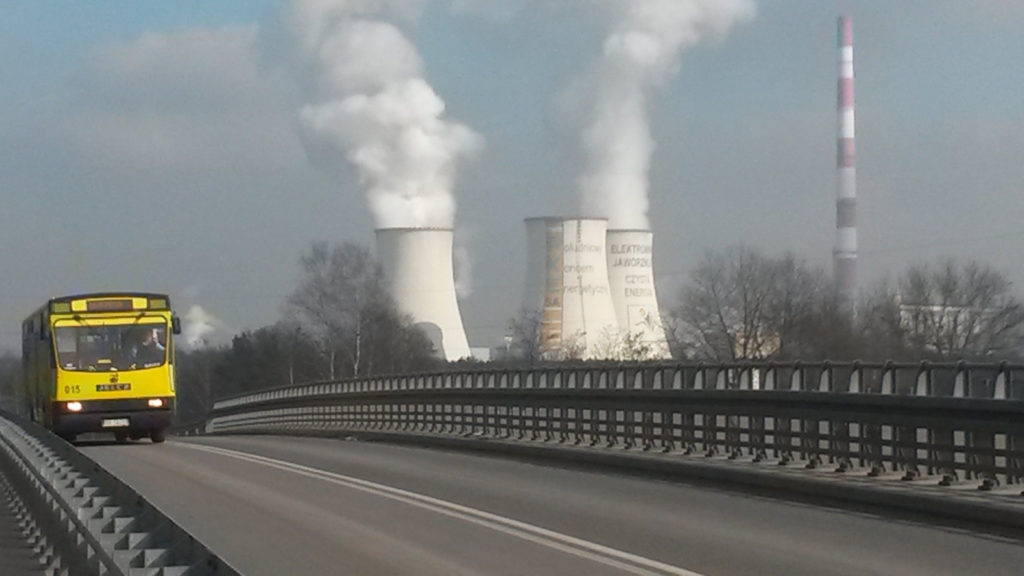
Coal plant belching out pollution in Poland while climate is discussed at COP24
It also concludes that time is of the essence stating urgent and unprecedented changes are needed to reach the target, which it says is affordable and feasible. It notes that there must be dramatic change by 2030 (carbon reductions of 45% compared to 20% in the 2 C scenario) with carbon emissions eliminated completely by 2050.
Quite the message – and yet, the world has somehow become immune to this constant and ever-increasing threat. The sky is falling – yet many seem to not care.
There are those who choose to not believe it at all, and there are those who don’t believe it is our fault. There are those that do believe it but also believe its consequences are too far in the future and the cost too high today politically to ask people to pay to resolve it. Well, if this report is correct, the future is now, and we must act. Yet at COP 24 in Poland this month, the best that could be achieved was to agree on the rules for measurement so that each country can report its Paris commitments in the same way.
One thing is for sure – the world needs energy, and lots of it. Yet getting the political support for meeting these needs while setting even more aggressive carbon targets seems impossible.
One of the reasons we don’t see the progress we need is that the solutions are hard. The answer on the left is 100% renewables – which excludes a number of low carbon technologies; all while this option is being proven more and more to be an unfeasible solution. Looking at Germany we can see that huge investments in renewables have resulted in Germany still being the largest emitter in Europe as they remain a huge coal user. But the believers have no doubt that renewables are the solution and reject all other options.
The answer on the right is to downplay or in some cases ignore the problem and continue to push fossil fuels to maintain important jobs that are critical to local economies. They abhor the idea of carbon pricing seeing it as a job-killing government tax grab. Of more importance as we have seen in France with the massive yellow jacket protests, the answer cannot be to place the burden of paying for change at the feet of the most vulnerable in society who don’t have ready options to use non-carbon solutions when the price goes up for their core energy needs.
The reality is that both sides make good points, and in both cases, there is some progress. Renewables are starting to contribute to lowering carbon. Replacing coal with lower emitting natural gas has had a big impact. The rising cost of energy due to increased renewables penetration and carbon pricing in some jurisdictions may also be impacting the outcome by reducing demand, but the stress of higher prices on those that live pay cheque to pay cheque cannot be ignored.
These are the low hanging fruits and it is clearly not enough. In 2017 emissions increased and will do so again in 2018. So, what are we to do?
The reality is we have a solution available today that can work for everyone – nuclear power – recognized as necessary in the IPCC report, but there is hesitancy across the political spectrum.
Nuclear power solves the main concern of the left – it is a very low carbon emitter – but long entrenched anti-nuclear sentiment of many environmental groups is hard to overcome. It solves the concerns of the right – providing large quantities of reliable energy while creating lots of high-quality jobs that boost local economies, but there are valid concerns about large project costs getting out of control negatively impacting its economics. And both sides remain concerned about the one overriding issue when it comes to nuclear generation – fear of radiation.
The real strength of nuclear power lies in its energy density. It can be built at very large scale. After all, currently it powers 11 % of the world with only 450 plants as opposed to literally thousands of what we otherwise use. For example, in the US, 98 nuclear plants generate about 20% of its electricity while about 3,000 coal and gas plants generate just over 60%. Or, in other words, it takes 30 times as many plants to generate only 3 times as much energy as the nuclear fleet.
Nuclear power can be the solution we are all looking for. It is reliable, economic, low carbon and creates many high-quality high paying jobs while contributing to the tax base of its host community. Its massive energy density provides a lot of energy from a small amount of fuel – and a new generation of smaller more versatile plants (SMRs) are being developed to expand the market potential and address new energy needs in addition to traditional on-grid electricity such as high-quality process steam.
We don’t see many governments championing nuclear as the solution. Korea and Germany, both with strong nuclear programs, have seen their leadership move away from the technology. France, as the world’s most prolific nuclear country seems to think reducing reliance on nuclear is the way to go. Yet there are bright spots. In Canada, a decision was taken to life extend Ontario’s nuclear fleet at a cost of $25 billion for 10 nuclear units (producing more than 60% of Ontario’s electricity), and this is now the largest clean energy project in North America.
Change is in the air. More and more environmental groups are realizing that their environmental goals cannot be met without nuclear and are opening their minds to this solution. On the other side, there is an acknowledgement that nuclear projects are good for communities, good for the environment and good for producing large amounts of reliable electricity. And even though much of the press has talked about nuclear plants closing in the US in 2018, it was a year of great progress globally. 15 GW of new nuclear were added to the global grid in 2018 and both the first EPR and AP1000 reactors have entered into service after substantial delays.
The public are moving forward as well. Sweden has stopped its nuclear phase out with support from its population. Switzerland voted to not accelerate the closure of its plants. In Korea, a citizen’s jury, established by the current government to take a decision on whether or not to continue with two units under construction, strongly supported the project’s continuation and polls show that in excess of 70% of the Korean public are supportive of continuing with its nuclear power program. To the government of Taiwan’s surprise, a referendum on whether or not to continue with an early shutdown of its nuclear plants supported continued operation by a large margin.
And governments are starting to move in the right direction too. The NICE future (Nuclear Innovation: Clean Energy Future) which began as part of the Clean Energy Ministerial (CEM) recognizes that nuclear power has an important global role to play in meeting international climate objectives. The three founding members of NICE are Canada, the United States and Japan. Other participating members include the UAE, UK and Russia. Three non CEM countries are also participating (Argentina, Poland and Romania).
But as we enter 2019, we in the industry have much work to do. The challenges are many, but they must be overcome.
The sky is falling, and the world is in crisis. However, the public recognize the increased magnitude and frequency of extreme weather events such as storms and flooding. What they don’t know is what we know – that nuclear power is an excellent solution to many of the energy issues we face as a planet. We know that we can build and operate them successfully. We must all work together and engage with our communities to show people there is a viable solution out there that can be embraced by all.
Wishing you all a Happy Holiday Season and Healthy and Prosperous 2019. And thank you for reading our blog. We plan to keep on writing in 2019 and hope you keep on reading.
